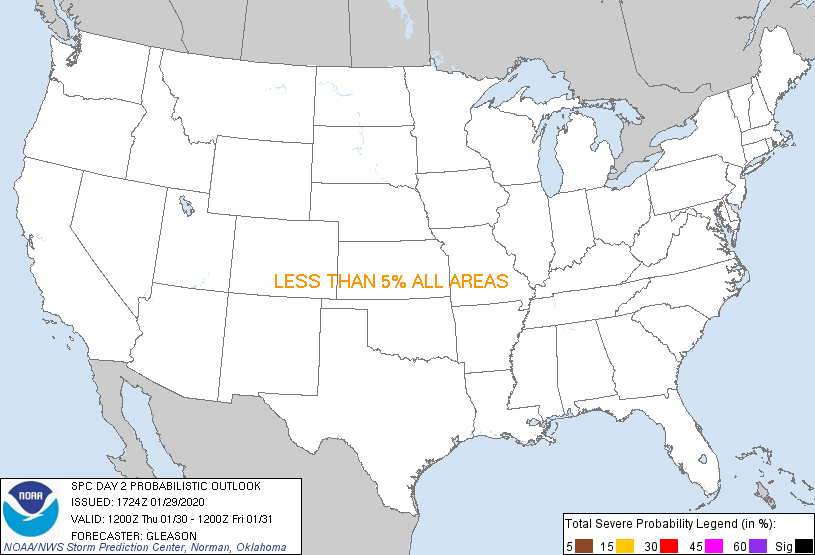 Probe 12, doing its thing (streamwisevorticity.blogspot.com)
Probe 12, doing its thing (streamwisevorticity.blogspot.com)
Let me tell you a story about Probe 12.
A long, long time ago, the Center for Severe Weather Research acquired two shiny 2003 Dodge Rams. These trucks were destined for a life as storm chasers (vehicles)!!! “How exciting!” thought the Rams. “To actually act out the scenes shown in car commercials, to traverse the Great Plains, to use four wheel drive more than once a year! My, what a life!” And so it was. CSWR outfitted the sibling vehicles with the best (strikeout) cheapest materials they could find, with multiple GPS instruments, laptops, a mast with weather instruments, and a truck bed full of tornado pods! They named the trucks Probe 11 and Probe 12.
And so the siblings began their lives as storm chasers (vehicles). Roaming the plains with the deer and the antelope. During the second year of VORTEX2, Probe 12 got new drivers: Lindsay and Mallie. Lindsay and Mallie took good care of Probe 12, cleaning him up, organizing his compartments, and keeping everything quite prim and proper—on the inside and out!
One day, Probe 12 didn’t feel so well, and blinked the dashboard lights until Mallie paid attention. Mallie took Probe 12 to the hotel parking lot to be looked at, but once she turned him off and back on, everything was fine! “Weird…” thought Mallie, and there was talk of changing the alternator. But Probe 12 still didn’t feel too well…. The next day, Evan took Probe 12 to the doctor (strikeout) car dealership. The doctor told Probe 12 that he needed a new alternator. But Probe 12 knew it wasn’t just the alternator, and blinked at Mallie some more during a deployment. Mallie hurried Probe 12 back to the next hotel, where they got it a new alternator. But Probe 12 still didn’t feel well, and the problem continued. So Justin gave Probe 12 a new inverter. “There!” thought Justin and Herb. But Probe 12 still didn’t feel quite right, and died in the parking lot while taking Alex and Jeff to dinner. So Justin gave Probe 12 a new battery, but Probe 12 still didn’t feel quite right….
Later that month, Probe 12 took a 50 m/s wind gust! “Good job, Probe 12!” said Mallie and Lindsay. But Probe 12 wasn’t feeling too hot…actually, it was feeling totally hot, and gave up on the air conditioning. Phil, Lindsay, and Mallie took him to another doctor in the middle of a chase, and found out it would cost over $1000 to repair! Josh didn’t want to pay that, so Lindsay and Mallie bough desk fans to plug in for Probe 12. But that still did not make Probe 12 feel better.
One day, Mallie was driving Probe 12 and heard clunking noises. “It’s probably the transmission,” Matt told her. That brings us to today….
 Phil Kurimski got a couple good shots of 2 out of 3 of today's tornadoes
Phil Kurimski got a couple good shots of 2 out of 3 of today's tornadoes
We were deployed on a sorry-looking line of storms when the circulation picked up. The circulation first passed overhead after a supposed area of interest dissipated. As we prepared to turn around a chaser almost ran into us in a hurry to pull off and video something. At that point both Rachel and I noticed what he was recording: a funnel that we watched descend, reach the ground, and grow rapidly. It quickly became hidden in the precipitation which we were sent through to attempt an intercept. The core was devoid of hail but rain curtains made it literally impossible to see past the front of our truck. In addition, the region had received a radar estimated 10 “ of rain the night before, so flooding and water on the roads was a major concern. As we turned east to get onto the road we expected to intercept the tornado on, DOW7 announced to us that their power was out and they were unable to scan, so they had no idea where the tornado was. Thankfully a few minutes later we found out DOW6 was still scanning and the first tornado had dissipated.
As Lindsay and I finally broke through the precipitation, we spotted what appeared to be midlevel circulation which then seemed to evolve into a funnel, then eventually evolved into another tornado. At this point we realized we might need to turn around to deploy pods in its path, and things went a little haywire. Probe teams split up as everyone tried to figure out the best spot to deploy. Based on initial DOW6 guidance, Lindsay and I dropped a pod right on the main road (270), which we then had to pick up quickly as the tornado occluded and reformed on the other side of the road. We then moved to a town called Slapout and went north a few kilometers before receiving instructions to move back south towards where the circulation (no longer visible to us but visible on radar) was crossing.
As we tried to work out pod deployment instructions, Josh came on the radio: “Pod teams, the tornado is now close to the road, you do not have much time.” At this point we were 3 km south of DOW7, and Lindsay starts yelling at me to stop driving, “Stop stop stop we’re already too late, it’s right there.” Josh: “While you’re deploying pods you may get into the circulation; don’t worry, the winds are only 70 or 80 mph, this is a very weak tornado. It will be crossing 4 km south of the DOW in 5 seconds…4…3…2……the tornado is on the road now…ok, the tornado has crossed the road, please continue south.” At this point, I was already laughing out of confusion/frustration at another failed pod deployment, and also at the fact we had a countdown for a tornado that we couldn’t see a kilometer (that’s less than a mile) ahead of us. As I pulled off the side of the road Probe 12 made a horrible wretching noise, and I could tell I was dragging something that was supposed to belong to the car underneath us. I was still surprised from the deployment that had just failed, then became extra surprised by the new development and needing to figure out a not completely muddy location to pull over since the ground was nothing but mush next to the road. Eric came on the radio to tell us we were dragging something under us, and I hopped out to look. Sure enough, the entire driveshaft had fallen off the bottom of our car, a kilometer away from the third tornado. I hurriedly grabbed my cell phone and wallet and jumped into Probe 11 since it was still pouring and operations on the storm were still underway.
Lindsay grabbed her phone and did the same.
So here we sit, passengers in Probe 11 while Eddie limps back to the hotel in Probe 12. Eddie hurried over to take a look at it when they returned to pick up a pod and figured out we could get it to our overnight location (how he did this in the pouring rain, I do not know). He rallied up DOW6 members Justin and Matt and the media member, Yoshi, to do a quick fix. They removed the driveshaft until it can be reattached tomorrow morning and are driving about 3 hours at 60 mph.`
What. A. Day.










































